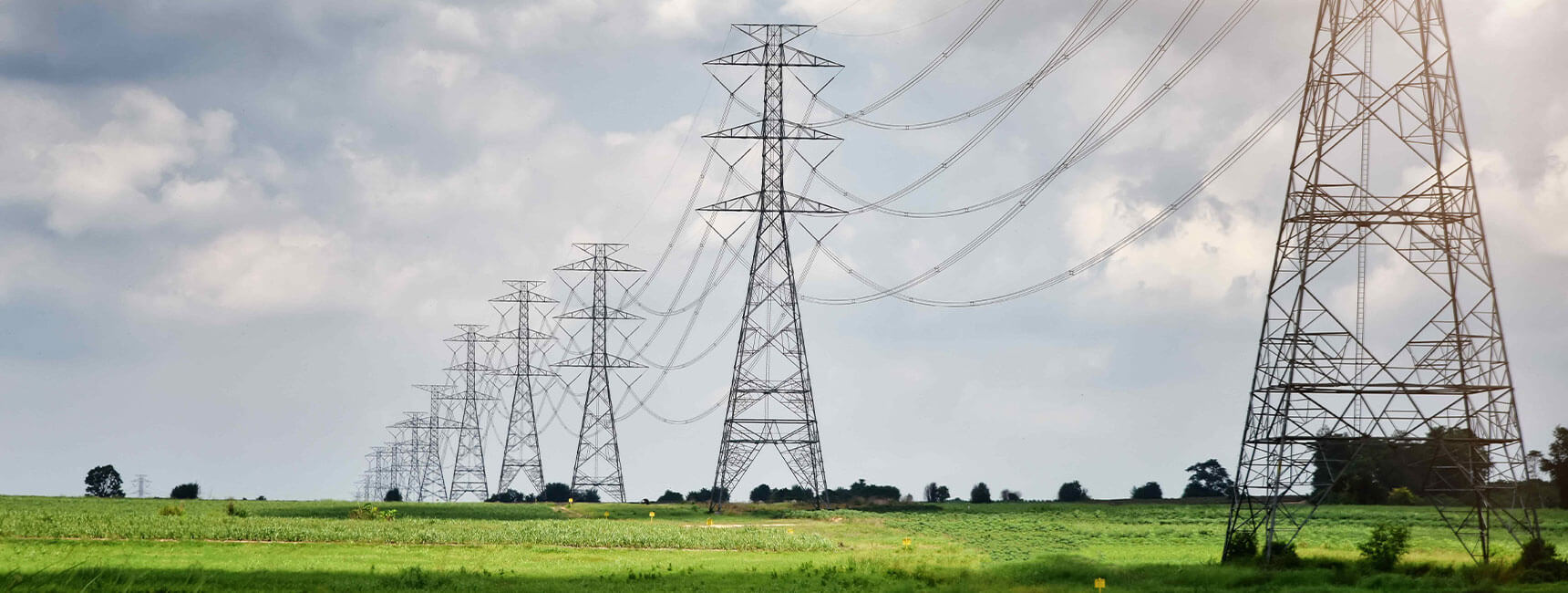The ERCOT Large Load Task Force (LFLTF) meeting on June 3 commenced with the customary antitrust admonition. Agee Springer provided an extensive overview of NPRR1234 and PGRR115, which are slated to replace NPRR1191, PGRR111, and related revision requests. These changes represent a strategic shift, eliminating previous ramping limitations and voltage drive requirements for large loads within ERCOT. Concerns voiced during the meeting centered around potential issues related to ramping and Voltage Ride Through (VRT), prompting discussions on alternative solutions such as Ancillary Services (AS) procurement or broader system improvements. The session included a detailed review of the draft replacements in section 3.10.7.2, which mandate the inclusion of specific loads into ERCOT’s network operations model. Clarifying examples were presented to illustrate these new requirements, emphasizing the responsibilities of entities involved and the applicability thresholds for compliance. Participants engaged in detailed deliberations regarding timelines for implementation and provided feedback on the draft end-use classification categories.
Regarding the status of large load interconnections, the meeting highlighted a significant increase in approved energization, totaling approximately 1 gigawatt (GW), with additional planning studies approved for another 1 GW of load. Participants expressed concerns about the implications of large loads requiring single grid connections and the absence of established criteria for limiting the size of these connections. Discussions also addressed potential challenges related to frequency stability and voltage swings, particularly in the context of including megawatts in the Dallas Fort Worth study. Stakeholders stressed the need for clear criteria and guidelines for Large Load Interconnection (LLI) across various voltage levels, considering potential stress on the grid and impacts during severe weather events.
In addition to regulatory updates, Bill Blevins and Bob Wittmeyer brought forward additional topics for discussion. They highlighted emerging challenges associated with planning for extreme weather events, including scenarios such as -7, -10, and -12, emphasizing the impracticality of designing infrastructure to withstand such extremes. Participants engaged in a detailed discussion on the necessity for developing robust criteria and rules to address these extreme weather scenarios effectively. Variations in expectations among Transmission Service Providers (TSPs) regarding PSCAD model requirements were also discussed, alongside ERCOT’s ongoing requirement for Sub-Synchronous Oscillation (SSO) studies and the imperative for incorporating composite load models into the interconnection process.



